Japan may be a small country but it’s filled to the brim with so many incredible locations and things to experience! Whether you’re looking for a snowy vacation in Hokkaido or you want to soak in the views of the cherry blossoms in Tokyo, the best time to visit all depends on what you want to see and do!
The country prides itself on having four distinct seasons, and let me tell you…the way the weather impacts the scenery can only be described as pure magic! Plus, festivals take place year-round so there isn’t exactly a “wrong” time to enjoy a Japanese getaway!
Heading to the Land of the Rising Sun? Here are the best times to travel to Japan!
The Ultimate Japan Travel Guide
From temples in Kyoto to street food in Osaka and themed cafes in Tokyo - here's my ultimate Japan travel guide to help you plan your trip!
Read More!The Ultimate Tokyo Travel Guide
Soak in the traditional Japanese culture, learn about modern life and people watch until your head spins. Here’s my ultimate Tokyo travel guide!
Read More!March to May
Spring in Japan means temperatures begin to rise after a chilly winter and the flowers begin to blossom. In the south, you’ll experience balmy warmth and in the north, it still remains pretty cool.
The highlight of spring is, of course, the cherry blossoms!
Also known as sakura, the cherry blossoms in Japan are reason enough to make a trip during spring. However, they are only in full bloom for around a week or two out of the whole year…so you’ve got to get really lucky and plan accordingly.
Japanese people view the blooming of the flowers as a symbol of human life and nobleness and they hold flower watching parties known as “hanami.” There are tons of cherry blossom-flavored treats and specialties during this time. Now that’s something I’d definitely want to take part in!
But don’t fret if you miss out on the festivals or the peak weeks. After full bloom, the petals begin to float to the ground and it almost looks like it’s snowing hues of pink and white! It’s said to be the most beautiful at this stage.
Read More: 10 Tips for Your First Trip to Japan
10 Places to Visit in Japan (That Aren’t Tokyo)
Ready to plan your dream trip to Japan filled with hidden gems? Here are ten places to visit in Japan (that aren’t Tokyo).
Read More!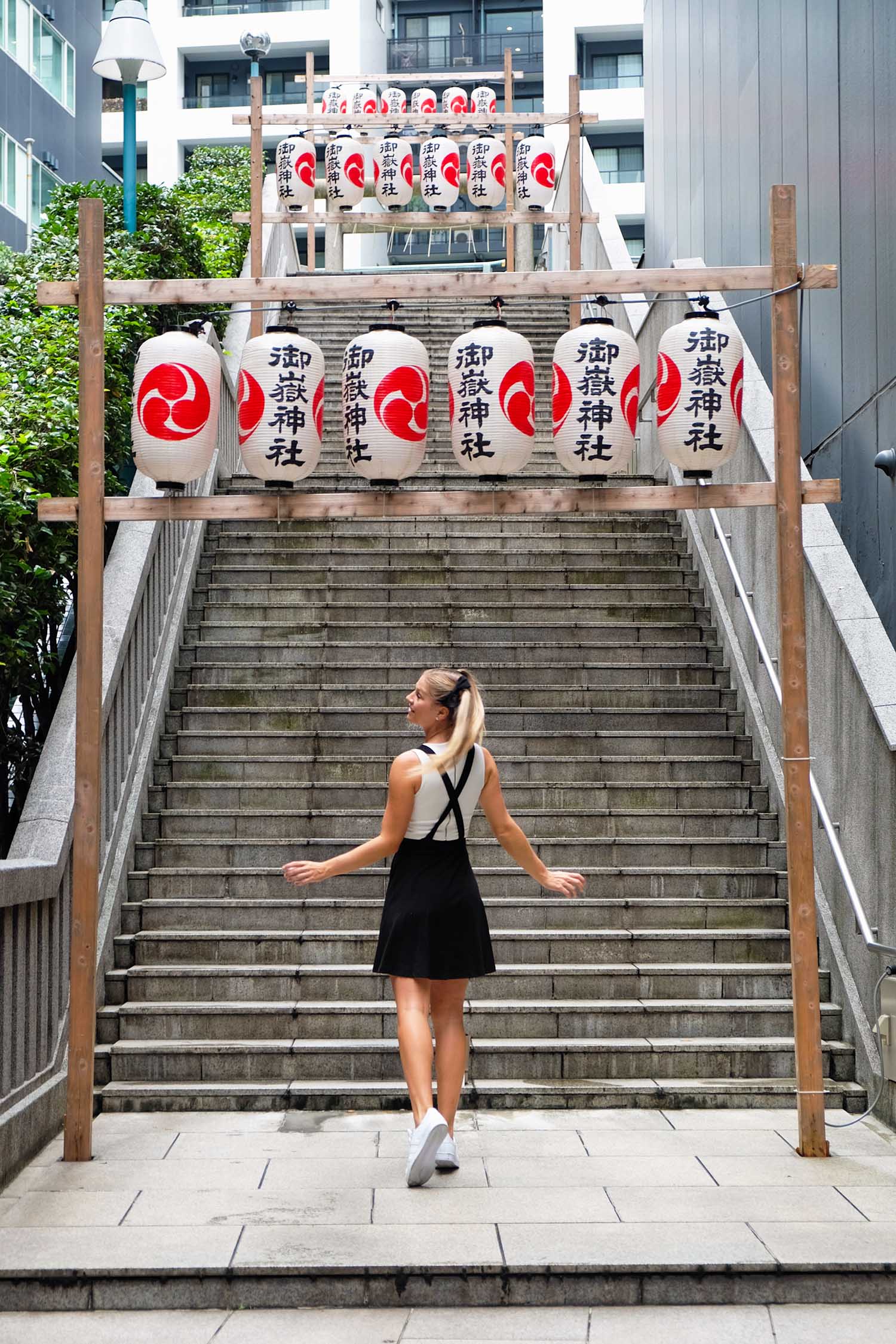
Tokyo
June to August
Although summer in Japan means rainy season (particularly from early June to mid-July), it’s also the season of grand fireworks, large festivals, and food stalls galore. Despite the humidity, travelers from all over the world come to experience the culture and parties that take place.
In fact, there are so many festivals I don’t even know where to begin. During July in Kyoto, there is Gion Matsuri, one of the country’s most popular festivals. It’s known for its grand procession of floats called “Yamaboko Junko.” In the Port of Yokohama, over 6,000 fireworks are shot off to celebrate the beginning of summer!
In Aomori City, locals revel with floating lanterns and thousands of chanting dancers for the Nebuta Matsuri festival!
Whether you’re planning your trip around a celebration or you’re just looking to explore the cities, I highly recommend packing lightweight clothes and booking in advance.
Also, if you’re taking photos be prepared for your lens to possibly fog up in certain locations due to the humidity.
10 Things to Do in Kyoto (That Aren’t Fushimi Inari)
From visiting Arashiyama’s Bamboo Forest to sipping tea at a traditional tea ceremony - here are the top 10 things to do in Kyoto.
Read More!The Ultimate 3-Day Kyoto Itinerary
The slower pace in Kyoto gives you a chance to immerse yourself in traditional Japanese culture. Here’s my ultimate three-day itinerary to Kyoto, Japan!
Read More!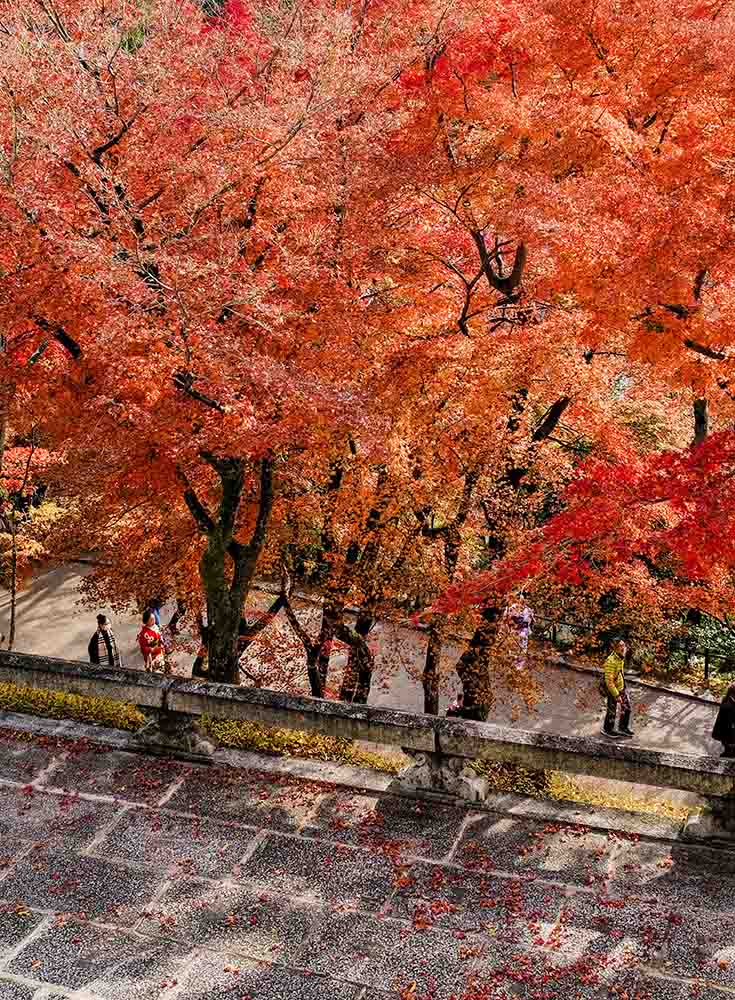
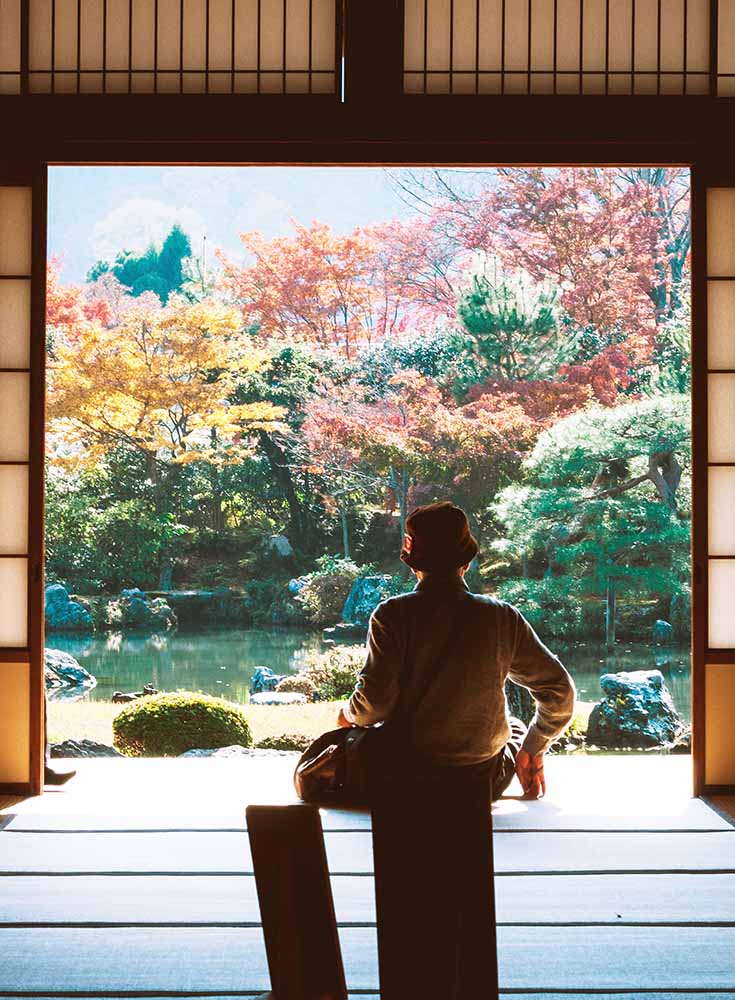
September to November
Once the summer warmth fades, Japan is covered with colorful autumnal hues. These leaves draw almost as many travelers as the cherry blossoms do. In fact, viewing the leaves has been a popular activity for centuries. The best places to spot the fall foliage are at parks, temples, and the mountains.
If you want to see the foliage for yourself head to Niseko, Hachimanti, Mt. Nasu-dake, Kinu-gawa river, and Mt. Fuji.
10 Tips for Your First Trip to Japan
Planning a trip to Japan and don't know where to start? From Tokyo to Kyoto to Osaka, here are my top ten tips for your first trip to Japan!
Read More!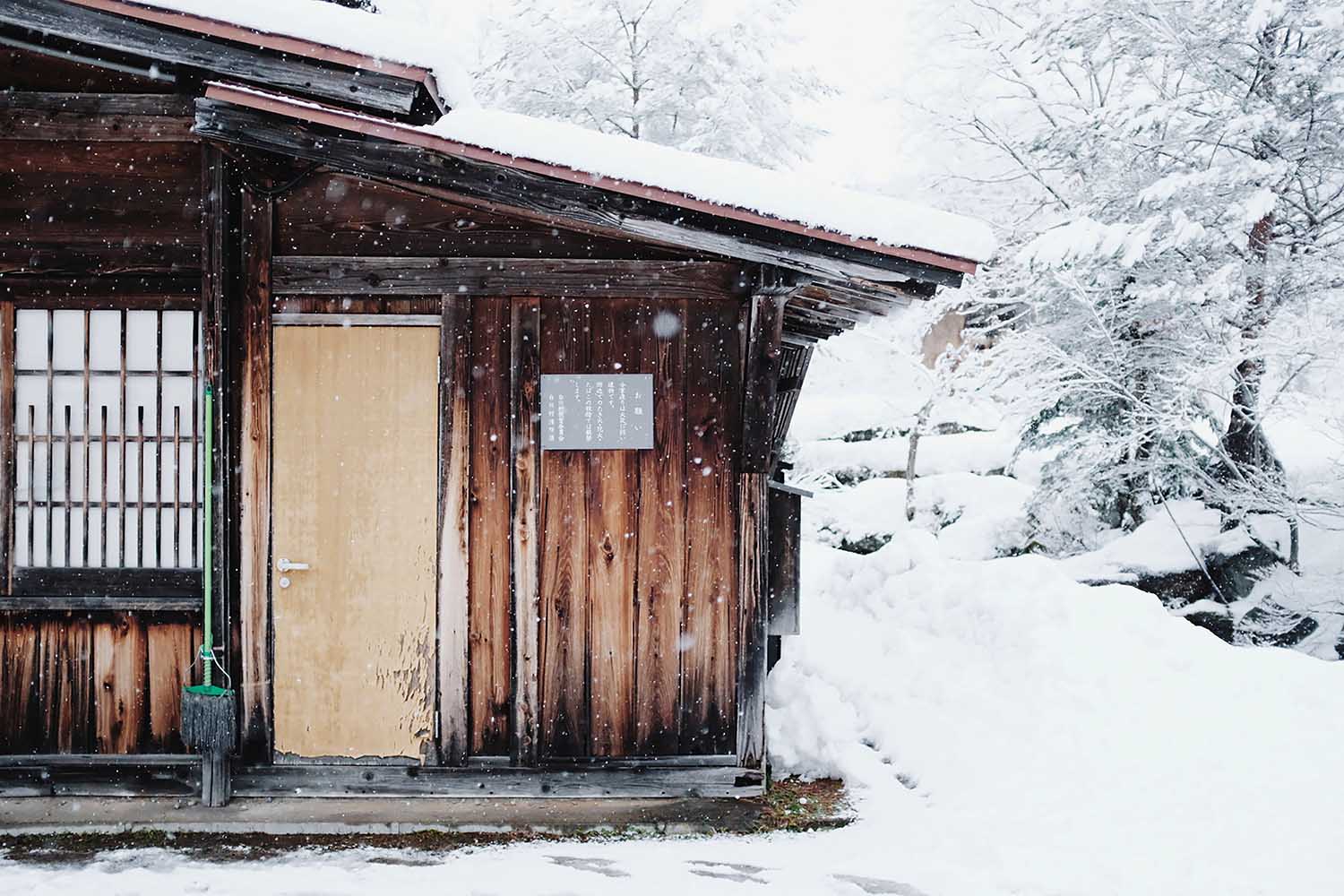
Shirakawa, Japan
December to February
Because the climate varies vastly by region, there’s no blanketed way to describe winter in Japan. Bigger cities like Tokyo and Osaka experience little snowfall and sunny days. But if you head into the mountains, snowfall occurs almost every single day.
That’s why Hokkaido is one of the best places in the world for skiing, snowboarding, and other winter sports. They also put on the Sapporo Snow Festival—an international contest of giant snow sculptures.
And you can’t forget New Year’s! Japan becomes jam-packed between December 29th and January 10th, as there are a ton of activities and celebrations. This means full occupancy at hotels, high rates, and overcrowded public transportation.
However, there’s nothing like experiencing New Year’s in Toyko, just be sure to plan ahead of time.
Come February, the scuba diving season begins and sea life such as sea turtles, sharks, sea horses, and manatees can be spotted in the waters. If you’re willing to brave the chill of the water, it’s also the best time to see some humpback whales.
A Local’s Guide to Osaka, Japan
From where to stay and what to do to where to eat—here's a local's guide to visiting Osaka, Japan!
Read More!Overall
Japan is one of my favorite destinations in Asia as there’s so much to see and do! The country is full of fantastic contradictions: you’ll find history serving as the background for some of the newest technological developments.
And let’s not forget about all of the incredible food. Not sure where to start? Here are 10 local foods you should try in Japan!
Regardless of when you visit, Japan will surely exceed your expectations and be the trip of a lifetime.
The Ultimate 7-Day Tokyo Itinerary
If you’re visiting for the first time, this 7-day itinerary will take you through the best of Tokyo including iconic landmarks and hidden gems.
Read More!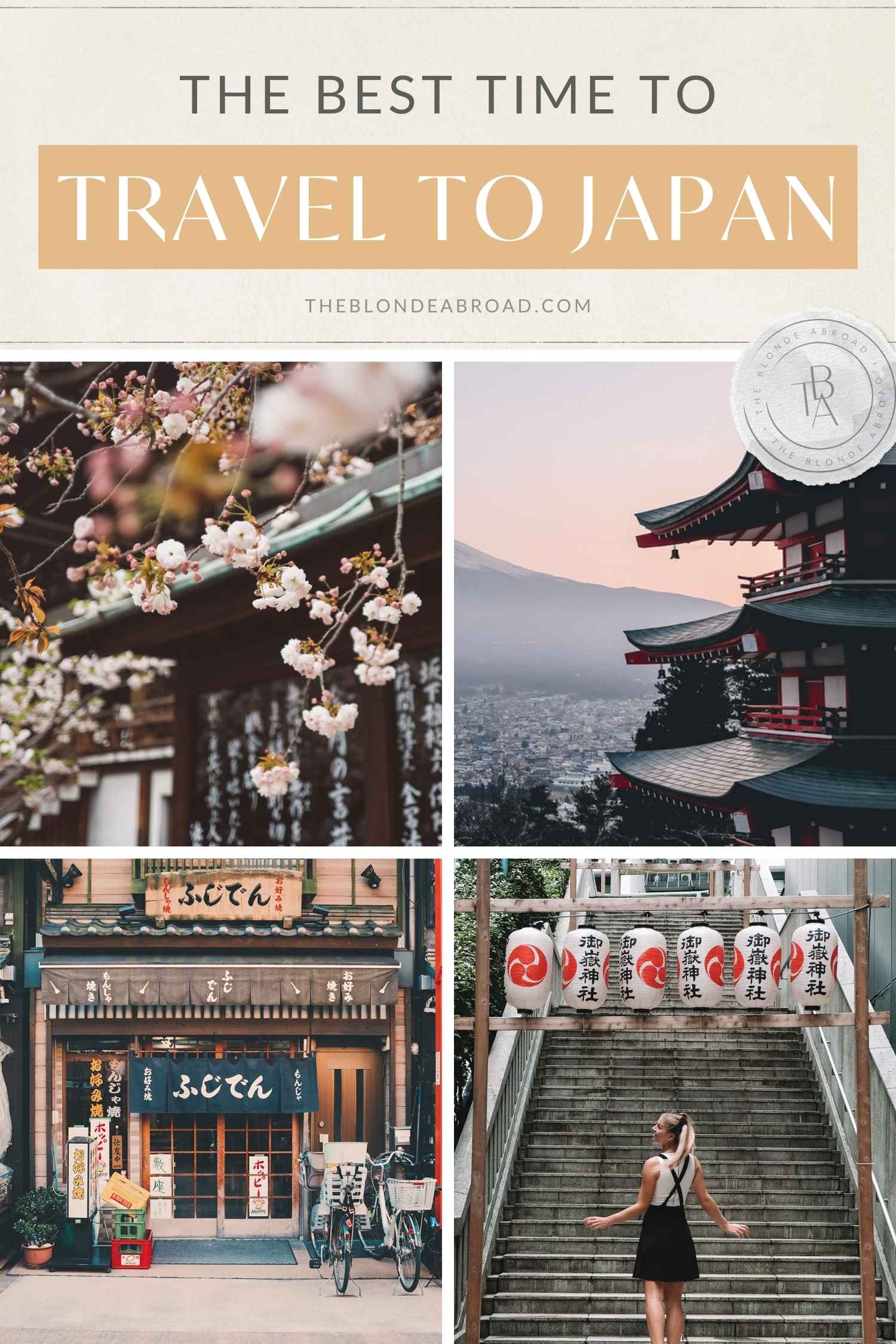
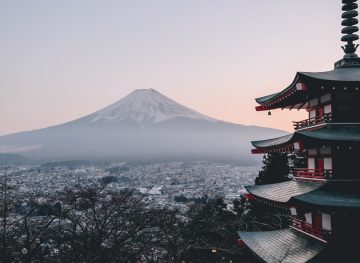
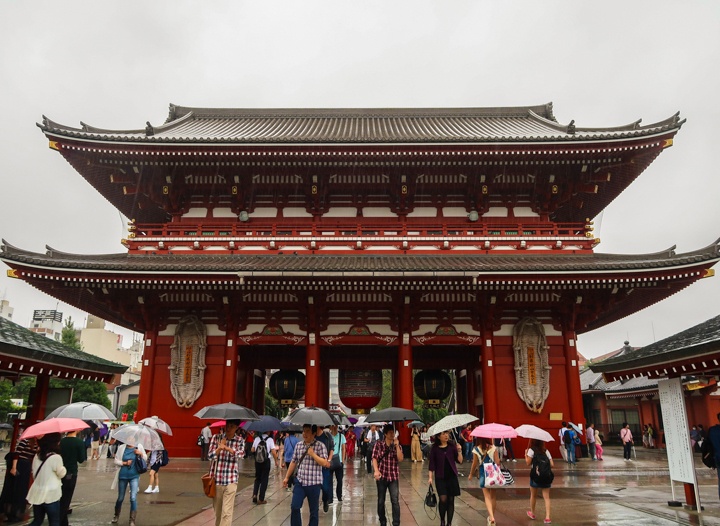
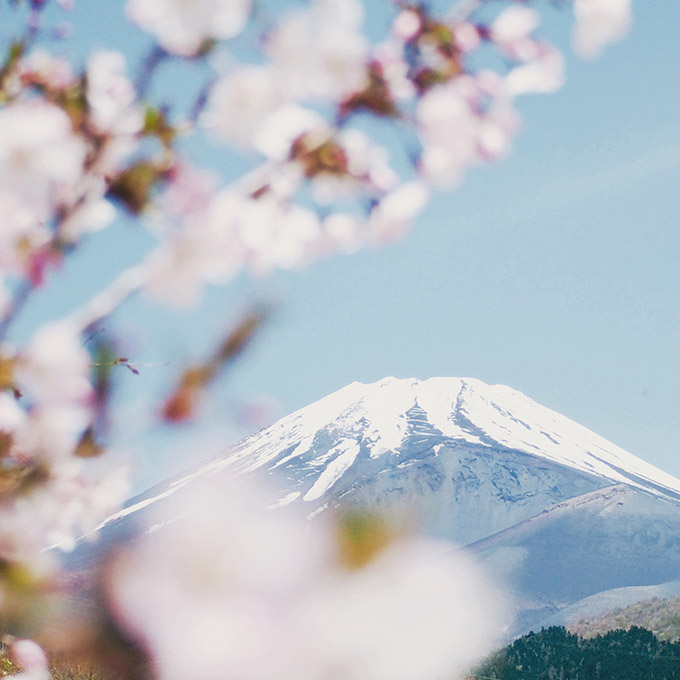
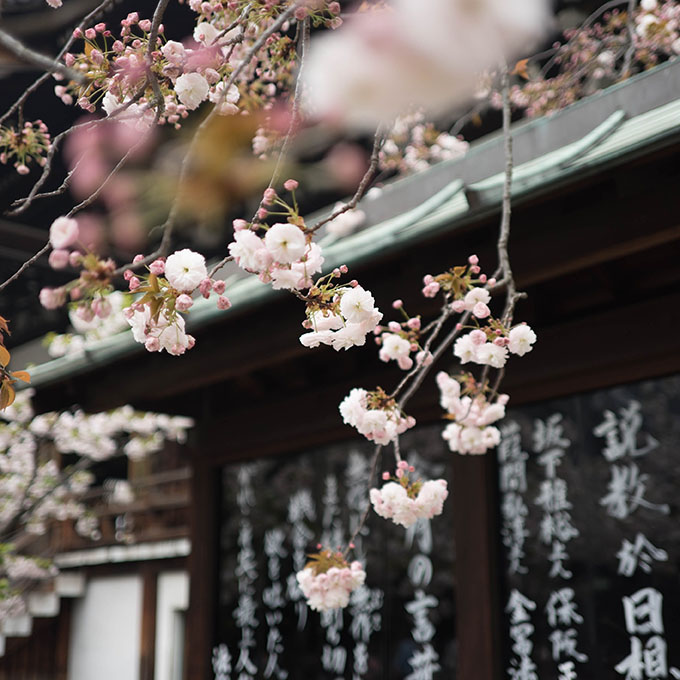
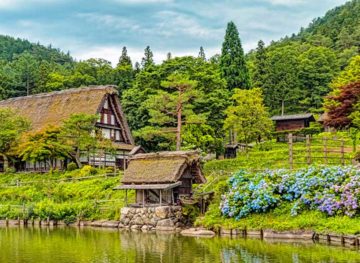
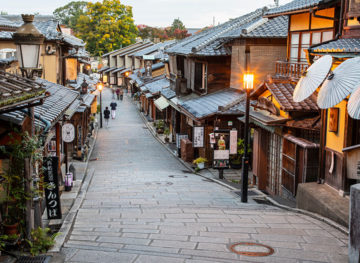
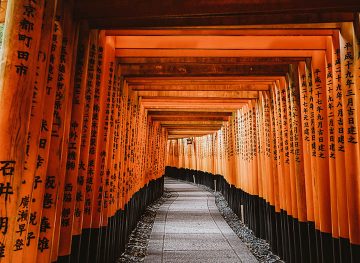
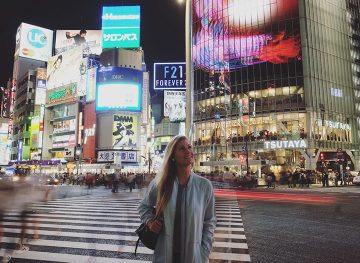
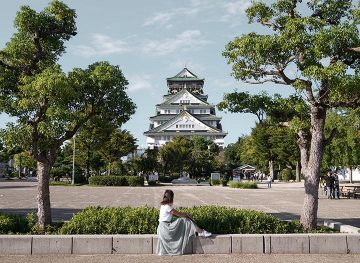
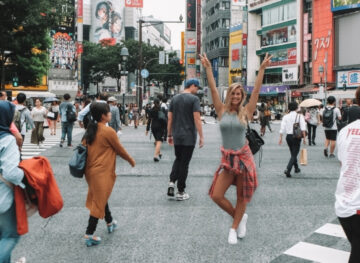
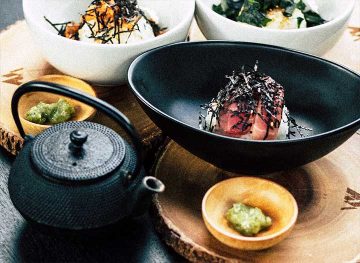




Once I went to Japan, now going back every single year. Can’t stop exploring this part of the world. 🙂
I understand, Gatis! Japan is such an incredible place
I went to japan in May 2019 and I had a blast. I always did wonder how it would be during the winter.
I heard summers are very expensive and prices go up. is that true
I’m sure it’s true for some places – it’s a common thing anywhere when it’s high season for prices to go up, I would say it depends on the area too.